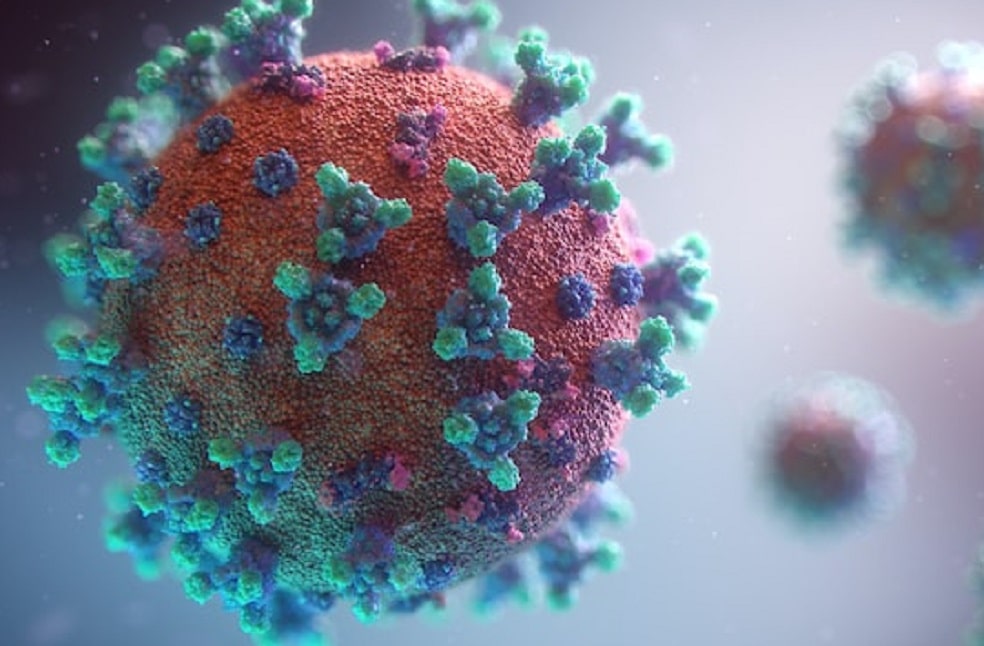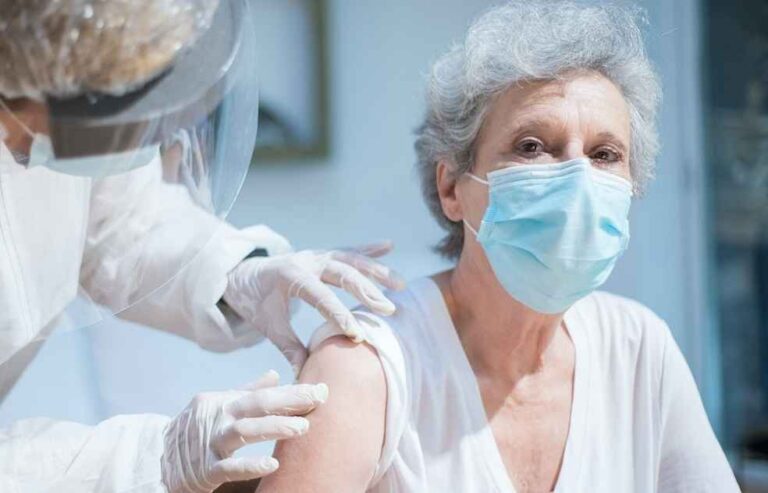United States: A new survey from the US National Center for Health Statistics has found that ‘long COVID’ may have affected almost 962,000 children and 17.9 million adults.
According to the analysis, 1.3 percent of children and 6.9 percent of adults had ever had long COVID in 2022. Only 0.5 percent of children and 3.4 percent of adults said they had long COVID at the time of the survey. The data for the latest study comes from the National Health Interview Survey, a nationally representative household survey of the US civilian noninstitutionalized population that has been done continuously throughout 2022.

As of December 2022, 91.9 percent of children and 77.5 percent of people 16 and older had antibodies indicating a previous COVID infection.
Long COVID was most likely in women, Hispanic people, adults who lived in rural areas, and adults ages 35 to 49. Asian adults were the least likely to have long COVID, as were people whose family income was 400 percent higher than the federal poverty level. In children, long COVID was most likely in girls, children ages 12 to 17, and Hispanic kids. Asian children were again the least likely to have any long COVID symptoms.

Long COVID creates a higher level of disability than either heart disease or cancer, an earlier study showed. In response to the need for better understanding and treatment, the US Health and Human Services Department awarded a first-of-its-kind $45 million in grants last week to expand access to care and foster best practices for long-term COVID management. In July, the Biden administration launched the Office of Long Covid Research and Practice as well as clinical trials for treatment and research.



